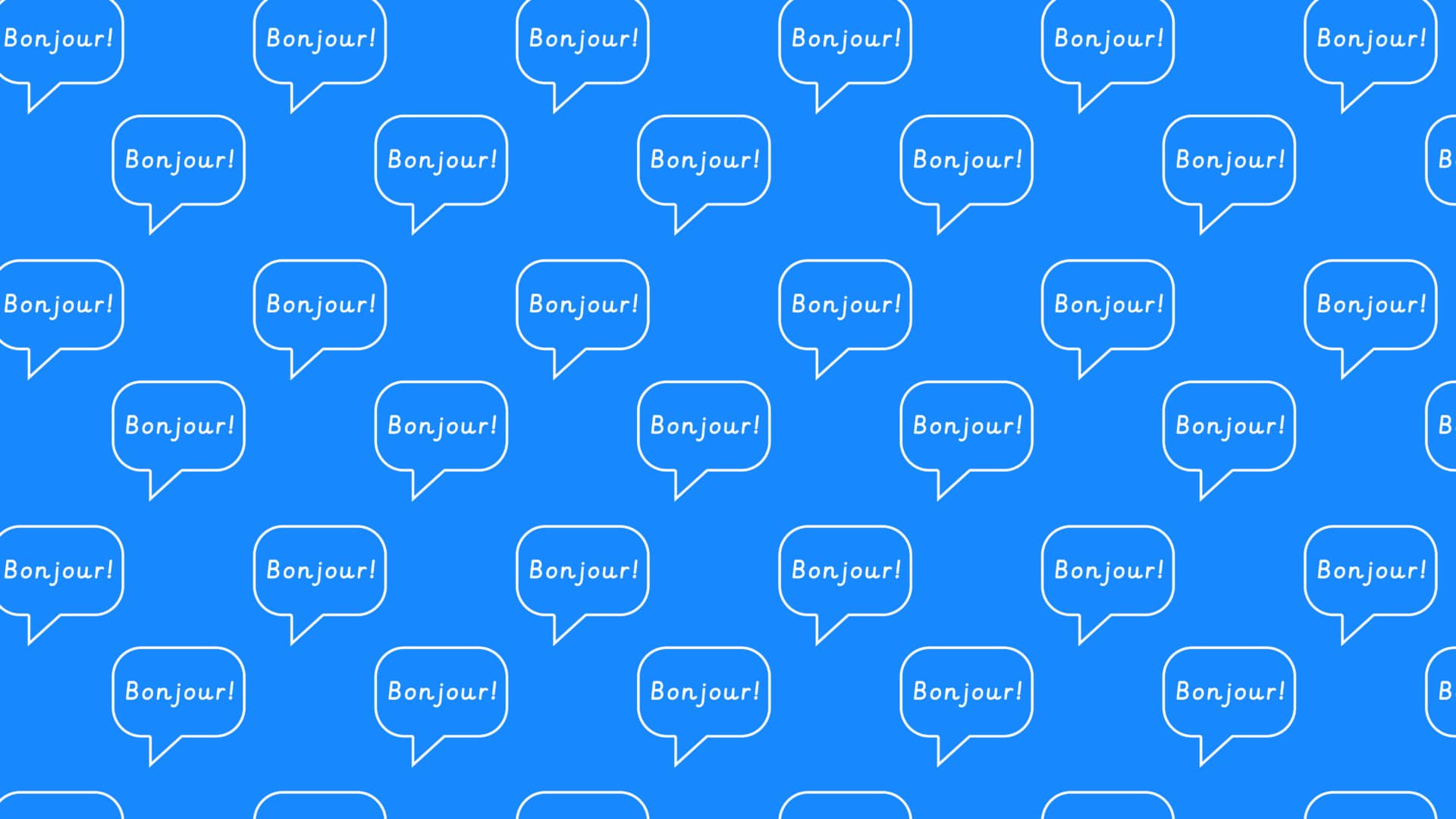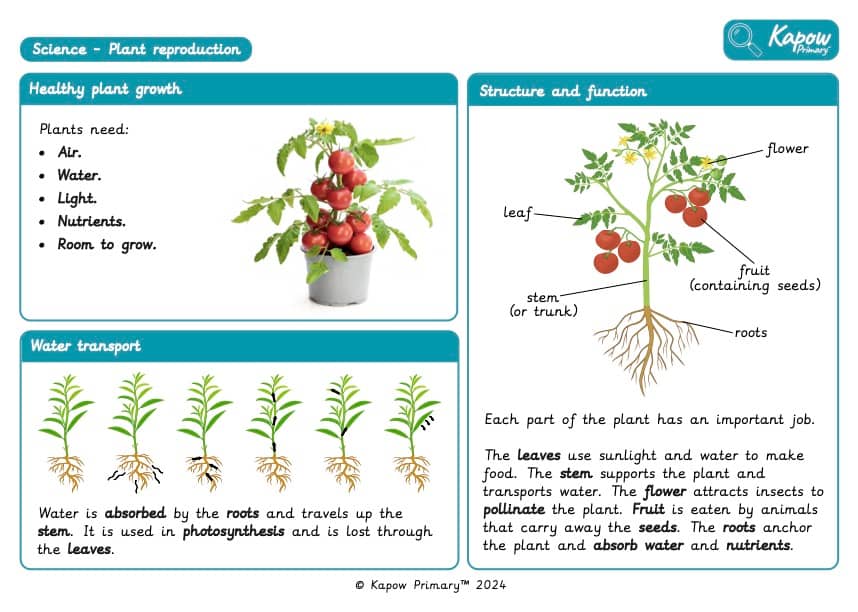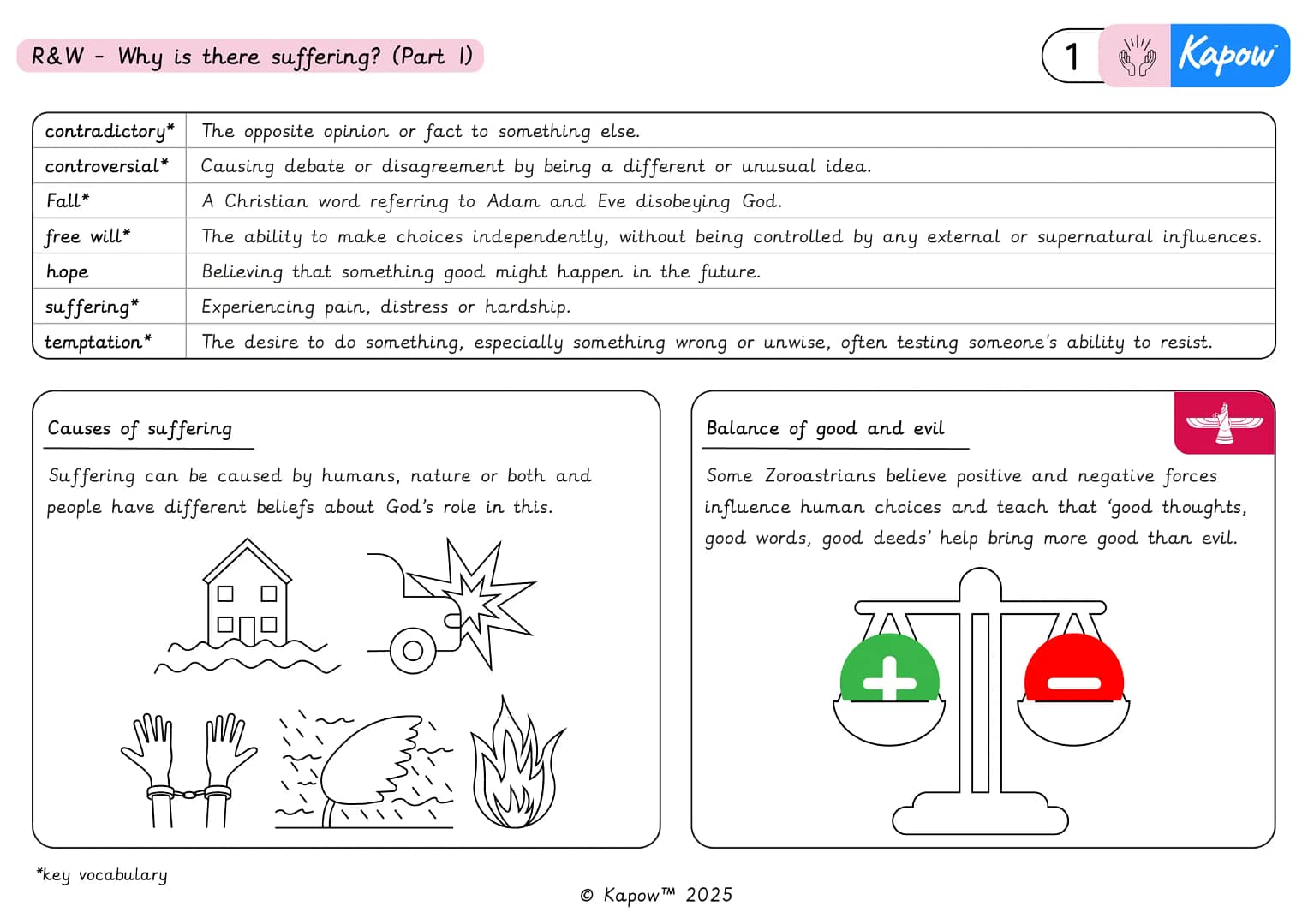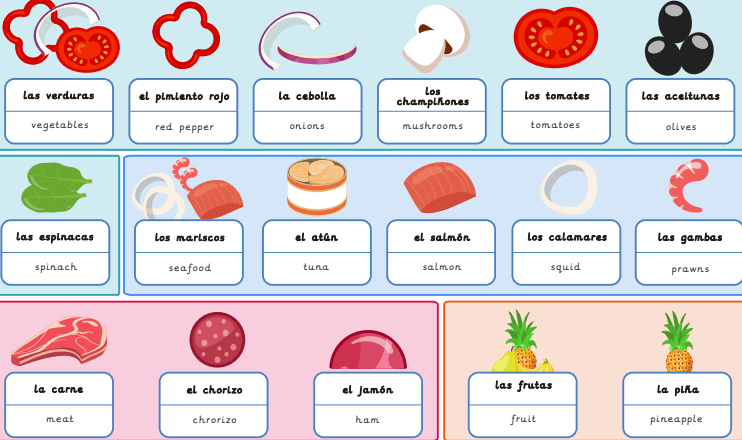
A Knowledge organiser that captures the essential knowledge and skills learnt throughout the unit French, Year 5, Meet My French Family.
This French resource is designed to support the pupils as they learn vocabulary and phrases related to family members and relationships. It introduces key vocabulary such as mother, father, siblings, grandparents, and pets, helping the pupils develop their French-speaking, listening, and reading skills. The pupils will also learn how to describe their family members, discuss relationships, and engage in simple conversations about family life.
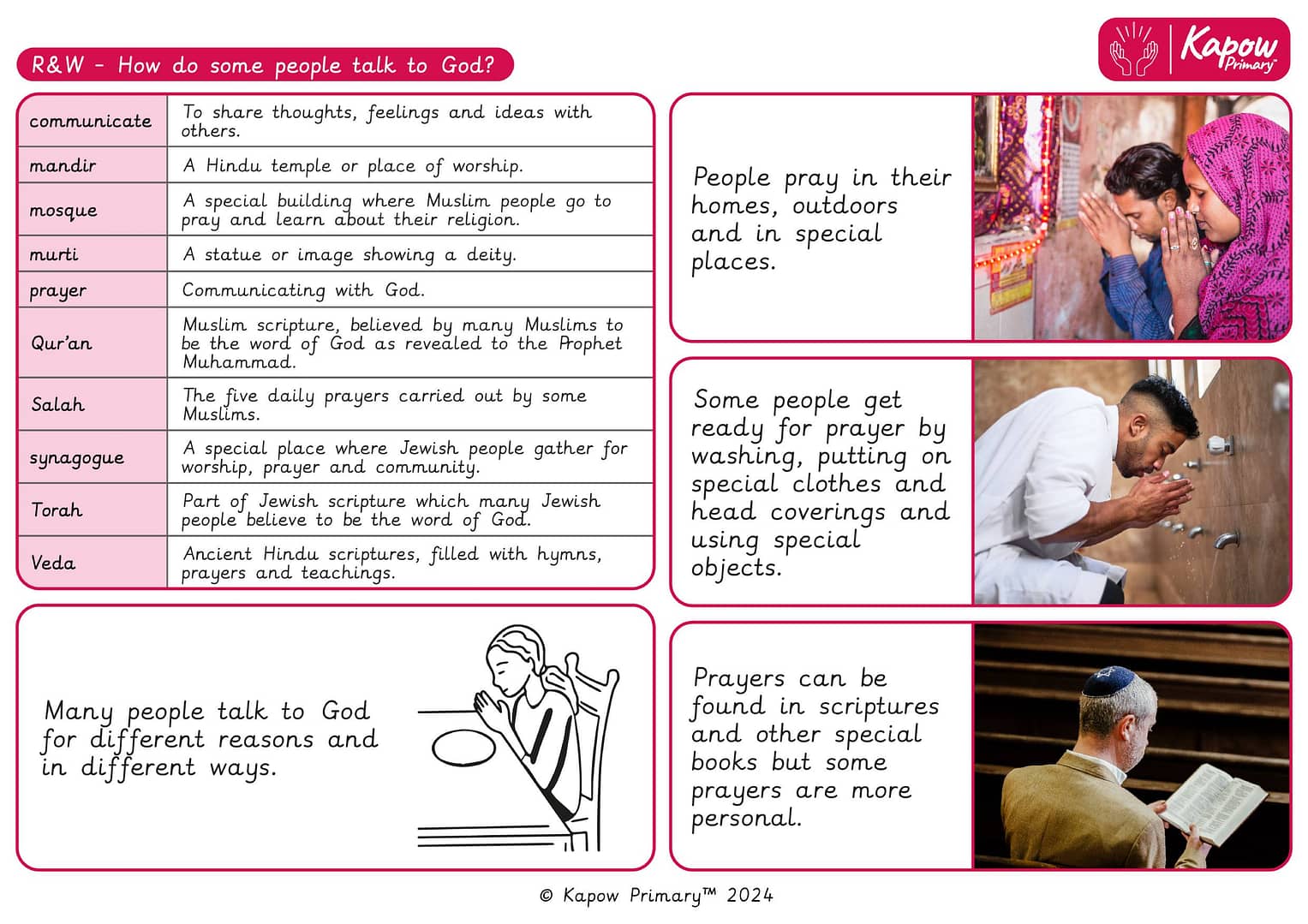
A Knowledge organiser that captures the essential knowledge and skills learnt throughout the unit Religion and Worldviews, Year 2, How Do Some People Talk to God?
This Religion and Worldviews resource is designed to support the pupils as they explore different ways in which people communicate with God. It introduces key vocabulary such as prayer, worship, meditation, faith, and reflection, helping the pupils understand the significance of religious practices in different traditions. The pupils will also learn about various forms of prayer, including spoken, silent, and ritualistic expressions, and how these practices shape religious experiences.

A Knowledge organiser that captures the essential knowledge and skills learnt throughout the unit Religion and Worldviews, Year 6, Why Is There Suffering? (Part 2).
This Religion and Worldviews resource is designed to support the pupils as they continue exploring different religious and philosophical perspectives on suffering. It introduces key vocabulary such as justice, karma, empathy, resilience, and redemption, helping the pupils understand how different worldviews explain and respond to suffering. The pupils will also learn about religious teachings, ethical dilemmas, and how individuals and communities seek to alleviate suffering.
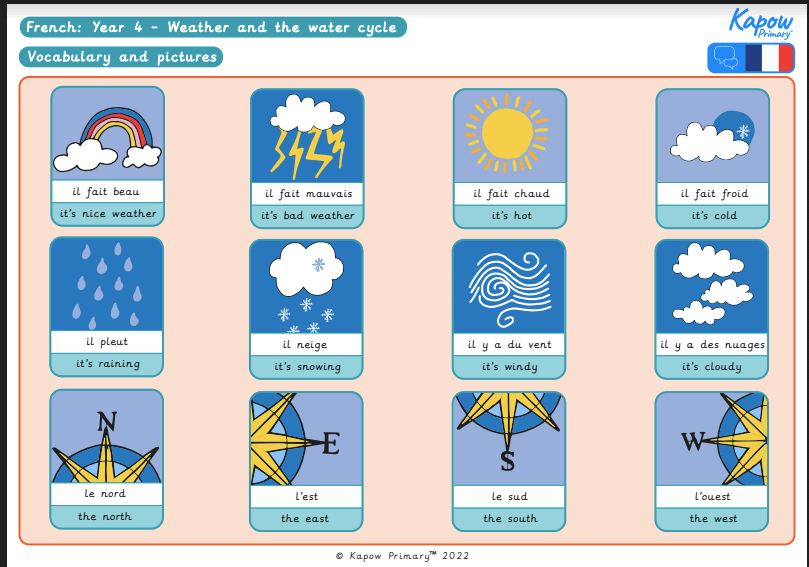
A Knowledge organiser that captures the essential knowledge and skills learnt throughout the mixed-age unit French, Year 5/6 (A), French weather.
This resource supports pupils in learning how to describe the weather in French through vocabulary, sentence structures and numbers. It introduces weather expressions such as il fait chaud (it’s hot), il pleut (it’s raining), and il y a du vent (it’s windy), alongside compass points and temperature phrases. With visual aids and contextualised dialogues, it reinforces understanding of how to construct and interpret weather-related sentences, making it an engaging tool for developing language fluency and geographic vocabulary.


